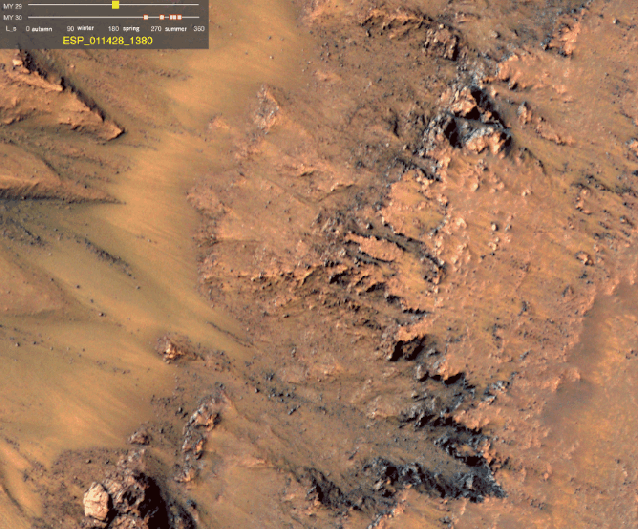
Via io9, Scientists at NASA’s JPL find the strongest evidence of currently extant water on Mars yet. “We still don’t have a smoking gun for existence of water…Although we’re not sure how this process would take place without water.”
Haunting the Web Since 1999

Via io9, Scientists at NASA’s JPL find the strongest evidence of currently extant water on Mars yet. “We still don’t have a smoking gun for existence of water…Although we’re not sure how this process would take place without water.”

In the nearest reaches of space (a.k.a. the ISS), NASA scientists plan to create the coldest spot in the universe, in order to toy with the fabric of reality. “No one knows where this fundamental research will lead. Even the ‘practical’ applications listed by Thompson — quantum sensors, matter wave interferometers, and atomic lasers, just to name a few — sound like science fiction. ‘We’re entering the unknown,’ he says.’
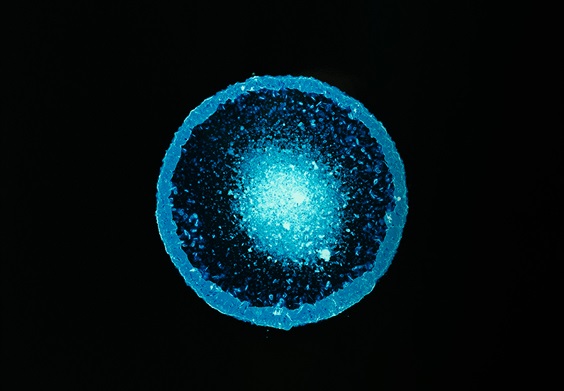
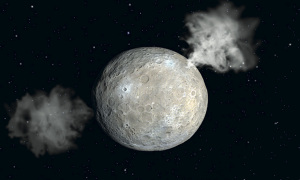
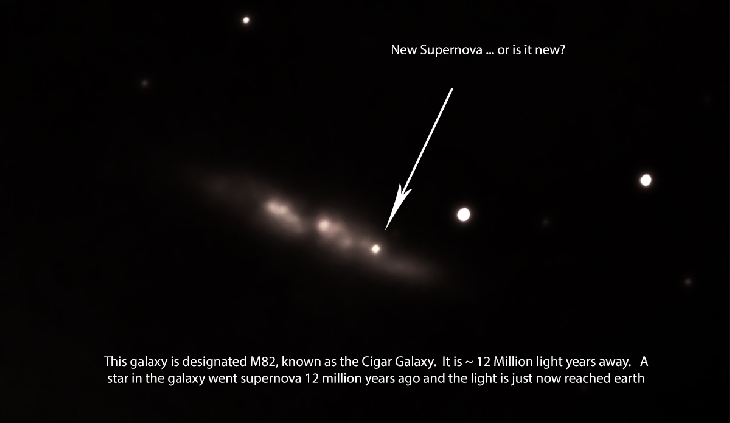

Also in potentially earth-shattering space news, Stephen Hawking — “one of the creators of modern black-hole theory” — has released a new paper (not-yet-peer-reviewed) arguing that there are no black holes, really: Quantum theory suggests that matter eventually escapes from them. “A full explanation of the process, the physicist admits, would require a theory that successfully merges gravity with the other fundamental forces of nature. But that is a goal that has eluded physicists for nearly a century.”
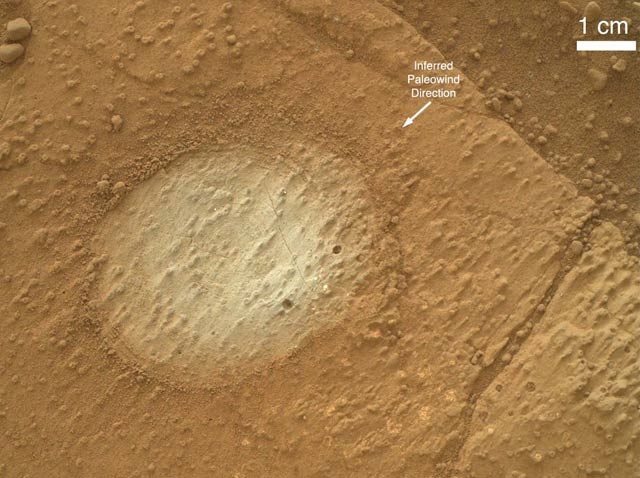
Where do bad folks go when they die? They don’t go to heaven where the angels fly. Mars? Hrm…well, maybe. Curiosity finds the remnants of what appears to be an ancient Martian lake in Yellowknife Bay, part of Gale Crater. Unfortunately, “[e]ven if there were fossils in the mudstone, Curiosity doesn’t have the right kind of equipment to see them. That job will be left to the Mars rover set to launch in 2020.”

Because of sequestration and other budget cuts, NASA is forced to cancel its advanced spacecraft power program, threatening future missions past the asteroid belt. “ASRGs had been under development by NASA for over a decade, and had been planned for use by 2016 in the next low-cost planetary exploration missions…Because of the limited cost cap imposed on these missions, they’re now essentially limited to the inner solar system. Missions with bigger budgets that could afford regular RTGs will be bottlenecked by the production rate of Plutonium to maybe once or twice per decade. Goodbye, outer planets.”

(Our work is never over.) In more promising future-tech news, scientists figure out a way to store quantum data for much longer than ever before. “Though surviving for 39 minutes may not sound like very long, it only requires one-hundred-thousandth of a second to perform an operation on a single qubit. So theoretically, over 20 million operations could be performed before the qubits’ data decayed by 1 percent.”
Some good news for a change, by way of Dangerous Meta: Scientists have developed (for mice, at least) what appears to be a breakthrough drug that could prevent Alzheimers and other neurodegenerative diseases like Parkinson’s(!):
“When a virus hijacks a brain cell it leads to a build-up of viral proteins. Cells respond by shutting down nearly all protein production in order to halt the virus’s spread. However, many neurodegenerative diseases involve the production of faulty or ‘misfolded’ proteins. These activate the same defences, but with more severe consequences…The researchers used a compound which prevented those defence mechanisms kicking in and in turn halted neurodegeneration.”

Er, right, but aren’t we forgetting something here? And don’t you people ever go to the movies? Scientists are apparently working toward drones that can make their own autonomous decisions about targets. “Though they do not yet exist, and are not possible with current technology, LARs are the subject of fierce debate in academia, the military and policy circles. Still, many treat their development as inevitability.”
Meanwhile, over on the other side of the world:
“Scientists at Korea’s Advanced Institute of Science and Technology (KAIST) have come up with one solution to the jellyfish problem: build robots to kill them. For the last three years, the team has been working to create robots that can travel the ocean, seeking out swarms of jellyfish using a camera and GPS. Once the jellyfish are located, the robots set about shredding the jellies with an underwater propeller.”
INITIATING PROTOCOL SHRED-ORGANBAGS 101101111…Due to a climate-change-fueled ascendance of jellyfish across the world, Korean scientists have unleashed automated robotic sentinels to mitigate the problem. “[T]he video at top is what they’re doing beneath the surface, using a specialized net and propeller. Be warned, it’s graphic. In preliminary tests, the robots could pulverize 2,000 pounds of jellyfish per hour.”
Sigh…this will all end in tears, people. Paging Kent Brockman.